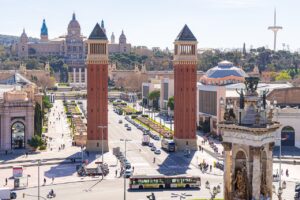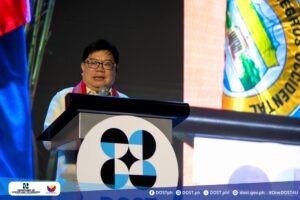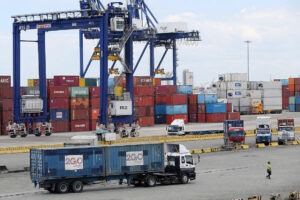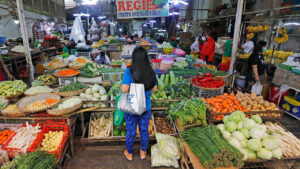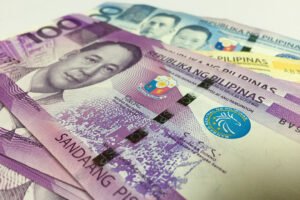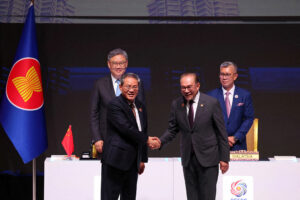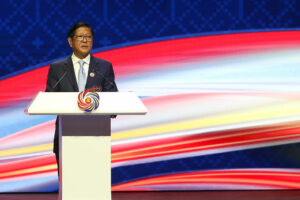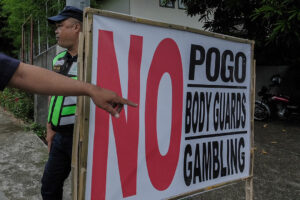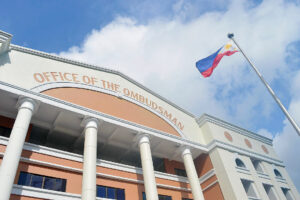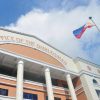Amid the worsening effects of climate change, particularly on the country’s agricultural sector, various smart farming technologies are being introduced to help sugarcane farmers adapt, according to the Department of Science and Technology (DOST).
Climate change has caused an estimated P463 billion in damages to the Philippines, of which about 62.7% or P290 billion was incurred by the agriculture sector due to extreme weather events such as typhoons and severe high temperatures, according to a 2021 report by the United Nations World Food Programme.
Sugarcane, one of the country’s major crops, was not spared from the effects of climate change.
Data from the Sugar Regulatory Administration showed that the country recorded its lowest milled, raw, and refined sugar output in crop year 2022 to 2023, the lowest in the last five crop years since 2018 to 2019, mainly due to the El Niño–induced dry spell.
Although El Niño is not caused by climate change, it may be affected by it in terms of frequency and intensity, according to an earlier report from the state weather bureau.
To help farmers cope with the effects of climate change, DOST Secretary Renato U. Solidum Jr. said the agency has introduced various smart farming technologies on Negros Island, where about 60% of the country’s sugar output is produced.
“We have the furrow irrigation system so that we can maximize the use of rain,” Mr. Solidum told BusinessWorld.
“And it has been proven that it can increase the production of sugarcane…around 50%.”
DOST’s Automated Furrow Irrigation System was developed to help sugarcane farmers save water and improve crop yield by ensuring that irrigation water is applied in precise amounts and at the right time. The farming solution was first introduced in 2022.
Meanwhile, Rowen R. Gelonga, regional director of DOST Region VI, said the agency seeks to introduce a smart farming solution in Negros Island that uses modern technologies such as soil moisture sensors and geographic information systems (GIS) to help farmers better adapt to changing weather conditions.
“One component of that is really to capacitate the farmers to understand climate change and weather phenomena,” Mr. Gelonga told BusinessWorld.
The project, called Project SARAI Centro, features an accessible and free online application that allows sugarcane farmers to view weather and climate outlooks, as well as receive recommendations on the best times for planting and harvesting.
It also has a mobile application called SPIDTECH that helps farmers identify, monitor, and report crop pest and disease incidences.
Mr. Gelonga said they aim to first train local government units in the region by the end of the year, who will later implement the project and empower local farmers. — Edg Adrian A. Eva





